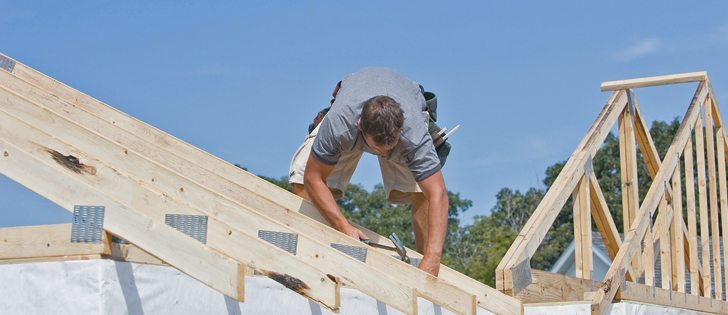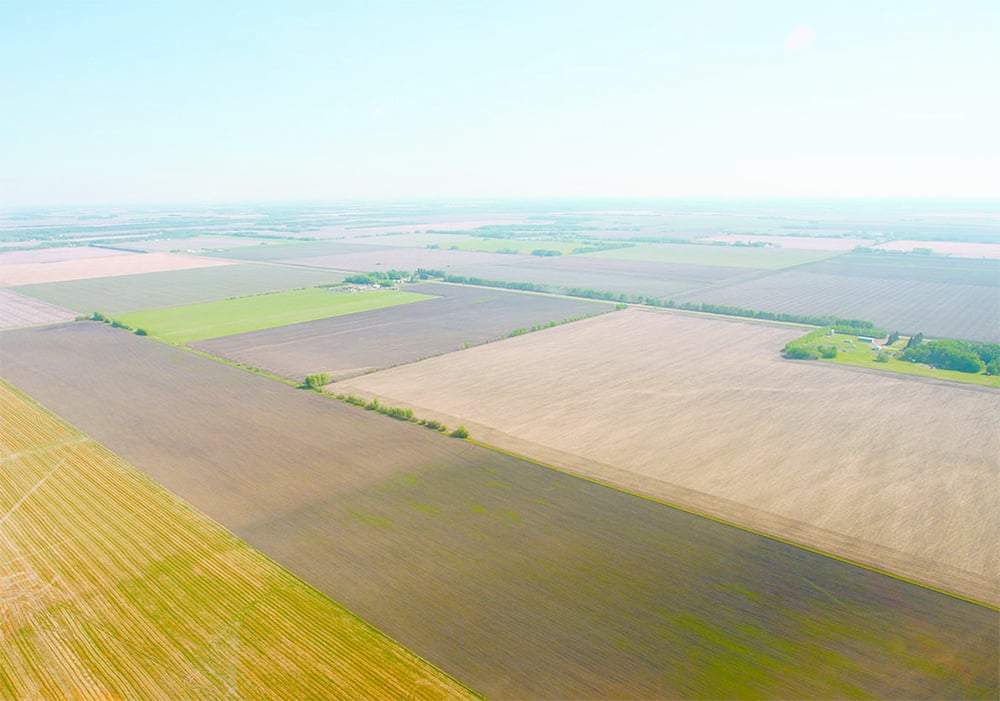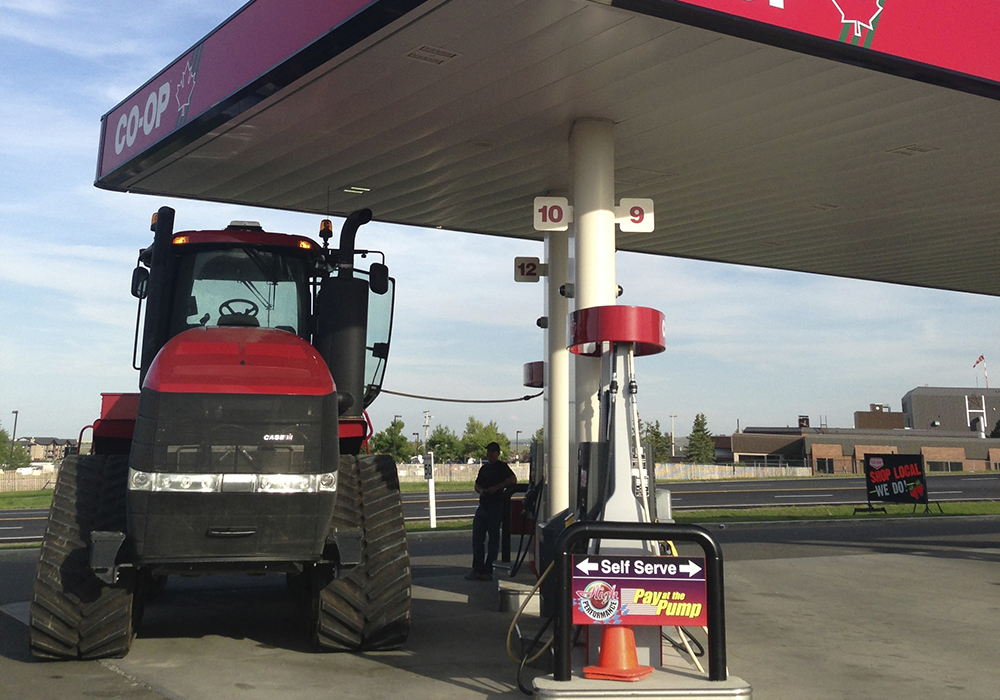Who doesn’t want an immediate writeoff?
Unfortunately, Canada Revenue Agency classifies business expenses into two categories: current and capital expenses.
Current expenses give rise to an immediate writeoff while capital expenses do not. Capital expenses are for depreciable assets and are written off over a period of years.
The number of years depends on the specific type of depreciable capital property. In effect, you are receiving your tax deduction over time and not all in the tax year in which the asset was bought.
Read Also

Proactive approach best bet with looming catastrophes
The Pan-Canadian Action Plan on African swine fever has been developed to avoid the worst case scenario — a total loss ofmarket access.
It’s understandable to kid yourself that most outlays are current expenses or deserve to be. Unfortunately, we are not the ones who have the final say. The CRA has that power and it provides guidelines that place expenses squarely in one category or the other.
Generally, current expenses occur with some frequency over a short period. For example, the maintenance and upkeep of a building by painting it would be classified as a current expense, and the cost of doing so is deductible in the year that the expense is incurred.
However, putting vinyl siding on the same building is considered to be providing a lasting benefit or advantage to the asset, and that falls into the capital expense category.
The acid test is if the expense extends the useful life of the property or improves it beyond the original condition. If so, it is considered a capital expense.
Oddly enough, an increase in property value resulting from the expense is not considered as a major factor in determining the type of expense.
The CRA has establishing the following criteria to determine whether an expense is capital or current:
- Capital – Providing a lasting benefit to a building or property, such as the addition of vinyl siding.
- Current – Painting the exterior to the same building as part of its regular maintenance or upkeep.
- Capital – Improving the property beyond its regular condition as in replacing wooden steps with concrete ones.
- Current – Repairing the same wooden steps.
- Capital – Acquiring new assets, which may or may not replace existing assets such as buying a compressor for use in a business. The compressor is considered an asset that is separate from the building that houses it.
- Current – Rewiring the same building, as long as it is considered maintenance and upkeep and does not improve the asset beyond its original condition.
The value of the expense comes into play only if it is considered significant in relation to the value of the property.
How would building a well on your property be treated? Any assets used in building or attached to the well would be capitalized. However, labour to build the well is considered a current expense.
Determining whether something is a current or capital expense can seem to be open to interpretation. Recording it incorrectly could result in additional taxes owing and interest from a reassessment.
Grant Diamond is a tax analyst in Saskatoon, SK., with FBC, a company that specializes in farm tax. Contact: fbc@fbc.ca or 800-265-1002.

















